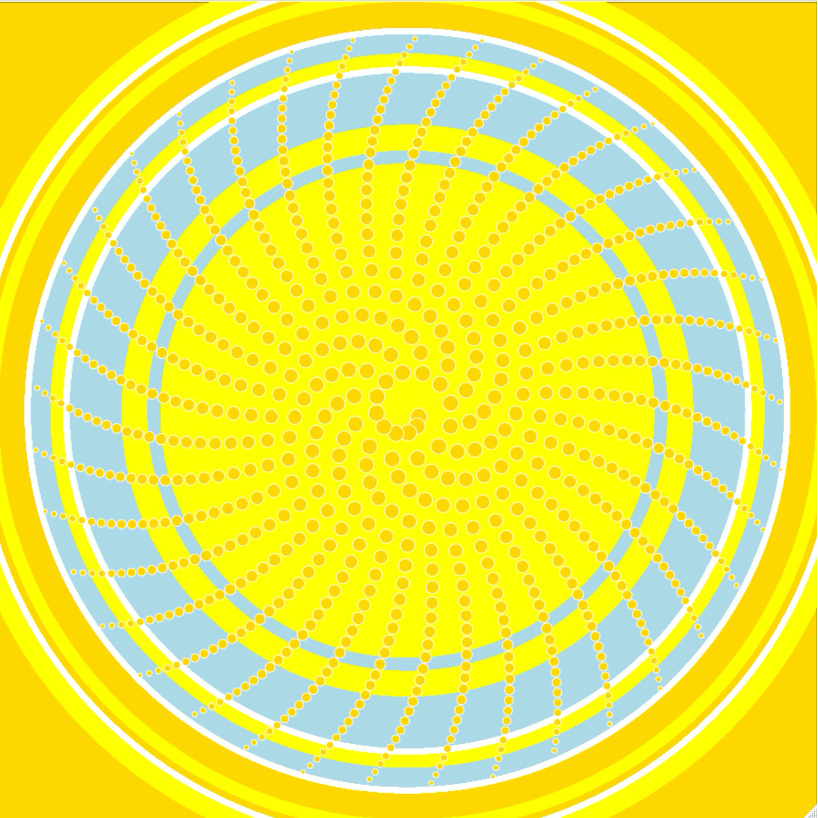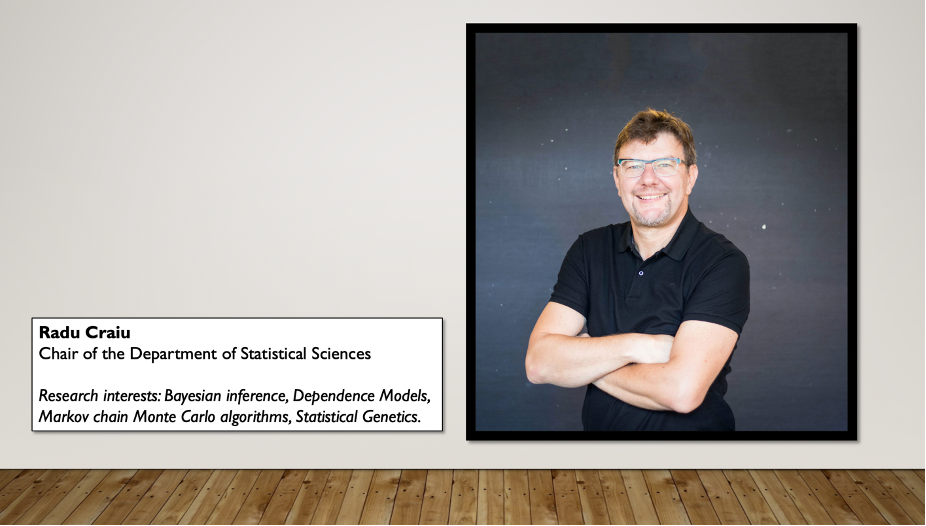How do you tell the difference between an introverted and an extroverted statistician? The introverted statistician looks at her shoes while talking to you—the extrovert looks at your shoes.
You may have heard a version of this joke for several different fields. There are certainly a range of versions of jokes like these just for Statisticians alone. I’m very fond of this joke format even though it really doesn’t represent most statisticians or statistics students I know. In fact, statisticians are a very social and creative bunch!
Don’t believe me? I submit the following as evidence: a group of students, staff and faculty coming together to mix and mingle AND create aRt—art with the statistical programming software R—on a Friday morning (or evening, attendees joined from all around the world!).

As a department, we’ve been looking for new ways to stay connected and build community while our 4,000 students, 15 staff and 80 faculty learn, work, and teach online. After great engagement over the summer with a pilot program called the Independent Summer Statistics Community (ISSC), we knew that online events could meet social and professional development goals for our students. This event was a great continuation of this and became a way for students to find a way back to us and stay connected.
Several members of the department introduced themselves so that students would have a face and voice to go with the emails they get. With what is already a really big department, fears of a faceless department can be compounded online. This was a wonderful opportunity for students, staff and faculty to create personal connections, learn more about some of U of T’s general resources, all while making some fun aRt.

We were also very happy to have Tanya Hyland from Student Success join us to talk about Recognized Study Groups and Meet to Complete, great ways for students to make studying more social while online. Chad Jankowski from Arts & Science Mental Health team also joined us to welcome students back and encourage them to connect with him to help them navigate the systems U of T offers to support students. (Check out the Faculty of Arts & Science Mental Health team on Instagram!).
After introductions and further breakout room social chats came the aRt class. Arvind Shrivats and Blair Bilodeau, two PhD students in the department led a wonderful tour of many styles of generative art that are possible to generate in R. Generative art is any process of creating ‘art’ with autonomous systems, and often makes use of randomness and complexity.
While we may be used to using R as a statistical software used for statistical analysis and visualization, students were introduced to the fun and frivolous artistic side of generative art, unleashing them into new realms of creativity and fulfilling experiences.

This was also one of the first larger scale trials of the new University of Toronto Jupyter Hub, a new solution for cloud computing and for instructors to share code for coursework with students, regardless of their computational access.
We were delighted by the turnout, the good vibes and the gorgeous art that was made. And you know, when we’re online, you can’t stare at anyone’s shoes, so you might as well just have a great time! Coming together to make aRt while staying apart was a powerful way of fortifying our sense of community, making the large labyrinth that university can certainly appear to be at times, feel more like a warm neighborhood street welcoming you home.


